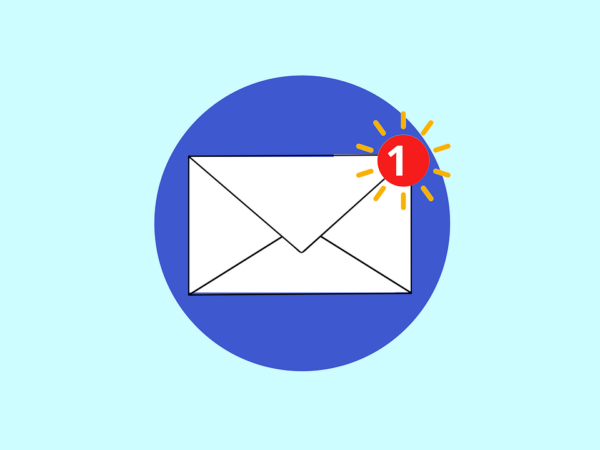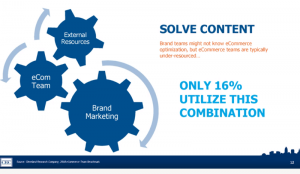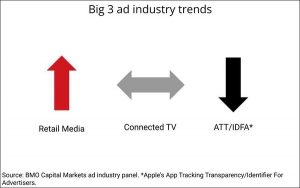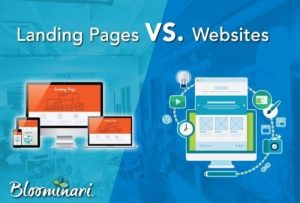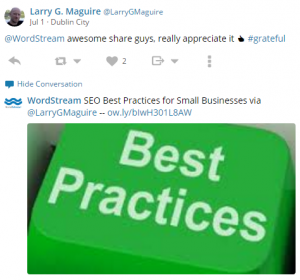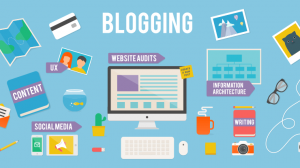Communication is the key to lasting customer and client loyalty. It’s essential, therefore, that businesses make themselves accessible to consumers in numerous ways – whether it’s through engaging insurance cold calling scripts, social media, or phone systems for small businesses. Customers expect that when they buy goods and services, their chosen provider should be attentive about dealing with their specific needs and concerns. Those firms that fail to take account of this, risk losing valuable custom to their more flexible and nimble rivals. This can have costly consequences; the key is to meet customers where they are.
However, there is an important problem with all this. Consumers are bombarded with so much information, and so much promotional material, that they can start to become a little jaded with it all. It’s easy to disengage from promotional material – you soon learn to tune out from most of it. So it’s essential that businesses don’t just churn out promo and marketing campaigns purely for the sake of doing so. Instead, they have to create something which is genuinely compelling, grabs the attention of the consumer (in a positive way), and thereby drives conversions. This all counts when it comes to boosting profits.
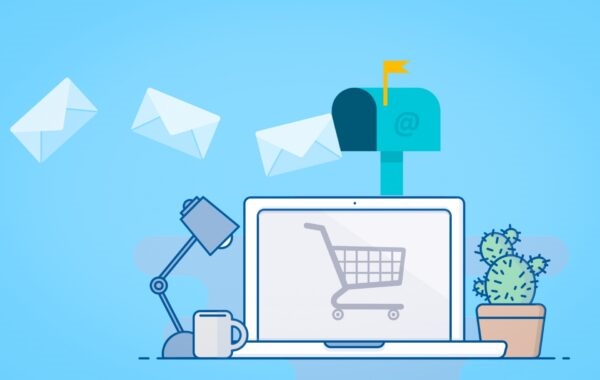
It’s one thing to keep on top of all the trends for ecommerce in search of that all-important consumer breakthrough. You also, however, have to keep more human factors in mind. Think about how you would respond to certain marketing materials. Above a certain frequency, they can become alienating to consumers, if not an active turn-off. What types of marketing materials are more likely to secure a positive response? What should they include in order to drive user engagement? These are just a few of the most crucial questions to consider.
For all the fuss about social media, you shouldn’t overlook other, more timeworn methods of client and customer engagement. Email marketing remains highly potent and effective when it comes to driving conversions and revenue. Of course it has to be done the right way, the same as any other type of marketing, but businesses continue to reap real rewards from email marketing.
Here, we’ll run you through the benefits of email marketing automation, and outline how you can use it to boost client engagement – and your company’s bottom line. We’ll start by giving you a quick overview of what email marketing automation is and how it works. Then, we’ll offer five top tips on how to make it work for you by boosting client engagement – covering how to engage with leads, the importance of compelling subject lines, personalization, how to make use of segmented mailing lists for your target market and why you need crisp, compelling calls to action.
What is Email Marketing Automation?
Email marketing automation allows you to send out emails to clients and customers automatically (as the name suggests). You can set up emails to be sent out once a consumer activates a certain trigger. Often, people assume this includes the kind of ‘thank you for your order’ emails that a customer who’s just made an order might receive, but these are really just transactional emails. Automated marketing emails are something slightly different as their purpose is primarily to inform and notify customers. That might be about new product launches, the benefits of a loyalty program, or potential savings.
As with any other kind of marketing and consumer outreach, practice makes perfect. It’ll inevitably take time to work out what sort of approach to automated email marketing works best for your business. You’ll need to learn which emails to send out, which offers to make, and which triggers to set before each email is sent out to clients. Tracking consumer activities as they engage with your brand will provide you with valuable insights which you can then use to inform your automated marketing email campaign.
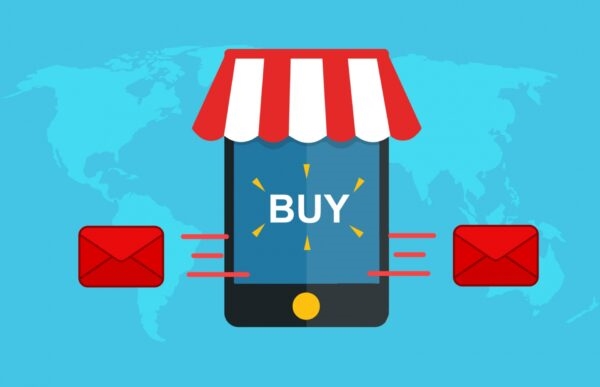
Using this information, you can then craft automated campaigns which have the desired impact, drive customer engagement, and lead to marked sales growth. It’s all about sending the right emails, at the right time, to the right people. So, for instance, if you have a lead looking for office technology, you can send them an automated email suggesting relevant collaboration tools. You need to target your efforts as precisely as possible – anything else is a waste of precious time and resources.
The main point of email marketing automation is that it helps you align your marketing messages with your customers’ and clients’ purchasing cycles. So if a client purchases a particular product or service at regular intervals – say once a month – you can then anticipate this by preparing an automated email which reminds them of that particular item. You could also throw in a discount as a sweetener and a reward for their loyalty, which is one of many ways you can get your foot in the door as you navigate how to grow an ecommerce business.
Top Tips for Boosting Email Engagement
We’ve outlined the purpose of email marketing automation. Now, then, we need to discuss how you might make it work for your business. Engagement is the key. As we’ve noted, consumers are being peppered with ads all the time, demanding their attention as well as their money. You need to ensure that your emails to customers are relevant to their interests and well-timed to spark their imagination.

Of course, you shouldn’t put all your eggs in one basket, and omnichannel retail software can help you take advantage of opportunities across different channels. Likewise, contact center software and video conferencing for small business can be highly useful when it comes to making and fielding client calls. Nonetheless, email marketing should be high up your list of priorities. Here are our top tips for getting the most out of email marketing automation:
1. Engage With Both Prospective Leads and Existing Customers
Any business needs to win new leads all the time – that’s an elementary aspect. But customer loyalty that lasts for years is also a crucial pillar of success in business. This is something you need to keep in mind when you’re undertaking email marketing automation. It’s not enough just to convert prospects into customers; you have to keep existing customers engaged as well. It’s the people who come back to you time and again who’ll really make the difference and help your business prosper over the long term.
You should already have plenty of relevant information about your existing customer base. And if you don’t this is where automated tools come in handy. What is it that keeps them coming back to you, and what are they coming back for? What can you do to reward them for their loyalty? What sort of offers and incentives are likely to get a positive response from them? And what was it that brought them to you in the first place? These are just some of the questions you should take into account.
2. Sharp subject lines
The cardinal rule of email marketing is that an eye-catching subject line makes the world of difference. Automated email marketing is no different in this regard. Think about it from your customers’ point of view. You might get scores of marketing emails inside a single day. The chances are that most of them are going to go either unopened or straight into the virtual bin. How can you make your emails stand out and get through to customers?
Your subject line, as well as being snappy, also needs to convey what it is that the email’s offering. If it’s a big discount, or a sale promotion on the best bluetooth headsets, you need to say so there and then. Don’t labor over the wording where you can be simple and straightforward.
3. Personalization Works
Following on from our previous point, it’s always good to provide the personal touch in marketing emails. Email personalization works, without doubt. There are a few ways to go about this. Most obviously, you can simply insert the customer’s name in the email subject line. This can certainly be an effective way of grabbing attention, although it’s quite a commonly-used tactic and after a while it tends to become less effective.
You therefore need to ensure that your automated emails are also relevant to the customer’s interests and requirements. An email that’s targeted based on an individual client’s purchasing history is more likely to meet with a positive response. That’s because it’s helping them find what’s important to them – and saving them time and effort in doing so.
4. Use Segmented Mailing Lists
There’s always the temptation to simply fire out marketing emails to all and sundry, with the aim of reaching as many people as possible. Think about the point we made earlier – your customers and clients are constantly receiving marketing emails from retailers and other businesses. Generic emails, therefore, are more likely to be ignored. One approach that’s often more effective is to create segmented mailing lists, which you can then use to target different sections of your customer base with relevant offers and information.
Organize your clients into different email lists depending on specific shared criteria. These might include location, purchasing history, how they discovered your business, and so on. This segmentation will allow you to reach customers with automated emails that are more likely to engage their interest (and thus drive them to make more purchases).
5. Create Compelling Calls to Action
Anyone who’s created content for a business website will already understand the importance of excellent calls to action (CTAs). Remote content teams appreciate that a compelling CTA is vital in turning a prospect into a conversion, and devote much attention to them for that reason. You need to make sure, therefore, that your emails have calls to action in the appropriate places. Those CTAs also need to do the job of nudging prospective customers to make purchases.
Make sure your emails have calls to action which are easy for customers to spot and that they’re worded so as to maximize the chances of a conversion. Furthermore, check, check, and check again that your CTAs link to the appropriate landing and product pages. If they don’t, they’ll have totally failed to serve their purpose and you could miss out on valuable revenue.
Digital & Social Articles on Business 2 Community
(16)
Report Post

